Unmanned (All Services)
-
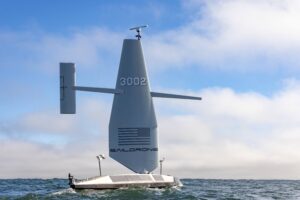 Unmanned Systems
Unmanned SystemsSecond Saildrone USV Gets ABS Classification
Saildrone on Wednesday announced its Surveyor-class unmanned surface vehicle (USV) received full classification from the American Bureau of Shipping (ABS), its second vehicle to do so. Previously, Saildrone’s Voyager-class USV […]
Tagged in: -
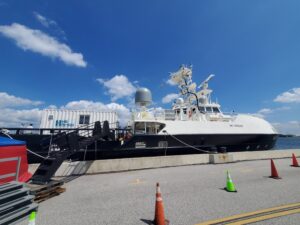 Navy/USMC
Navy/USMCNavy Plans To Deploy USV In Carrier Strike Group By End Of 2026
Navy officials revealed the service plans to deploy the first carrier strike group to include an unmanned surface vessel (USV) by the end of next year during a larger discussion […]
Tagged in: -
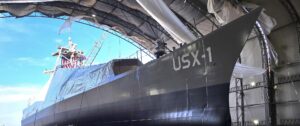 Uncategorized
UncategorizedDARPA Christens Prototype USV, Finishing Testing Ahead of Demo
The Defense Advanced Research Projects Agency (DARPA) on Monday christened its prototype for the No Manning Required Ship (NOMARS) program, the USX-1 Defiant, as it finishes testing in preparation for […]
-
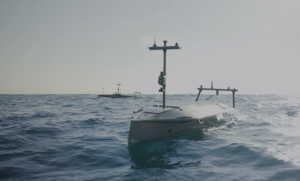 Unmanned Systems
Unmanned SystemsSeasats Unmanned Vehicle Completes Trans-Pacific Voyage
Seasats on Wednesday announced one of its Lightfish autonomous surface vessels (ASVs) reached Japan in a trans-pacific voyage from San Diego after launching in January. When first launched, the company […]
Tagged in: -
 Navy/USMC
Navy/USMCNavy Opens MASC USV Program, Seeking Proposals For Three Variants
The Navy opened a solicitation this week for proposals on its new Modular Attack Surface Craft (MASC) medium-sized Unmanned Surface Vessel (USV) program, looking into three variants. The Navy noted […]
Tagged in: -
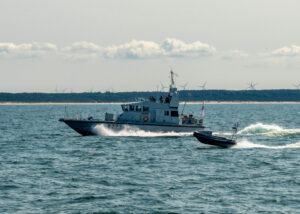 Navy/USMC
Navy/USMCNavy Used BALTOPS Exercise To Demonstrate USV Tactics, Evaluating Vessels
The head of a Navy task force focused on evaluating and using lower cost unmanned systems for 6th Fleet said recent testing at the Baltic Operations 2025 (BALTOPS) maritime exercise […]
Tagged in: -
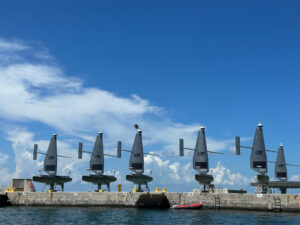 Unmanned Systems
Unmanned SystemsSaildrone Envisions European Expansion After Baltic Sea Exercises
The founder and CEO of unmanned surface vessel (USV) company Saildrone said the company is ripe for significant expansion to more European customers following a June NATO test and demonstration […]
Tagged in: -
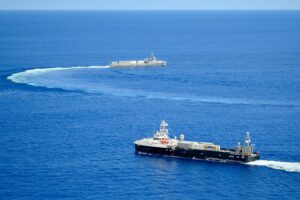 Navy/USMC
Navy/USMCGAO Says Navy To Merge MUSV and LUSV Programs, Skeptical XLUUV To Become Program Of Record
The Navy plans to merge the programs for the Large and Medium Unmanned Surface Vessels (LUSV and MUSV) into a single autonomous surface craft program while delays to the Orca […]
Tagged in: -
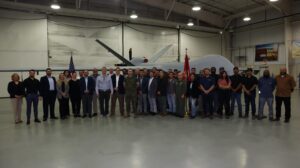 Navy/USMC
Navy/USMCLast Planned Marine Corps MQ-9A Reaper Drone Delivered
The Marine Corps received its last planned General Atomics-Aeronautical Systems, Inc. MQ-9A Reaper Block 5 Extended Range (ER) Uncrewed Aircraft System (UAS) this month, the Navy said June 5. This finishes […]
Tagged in: -
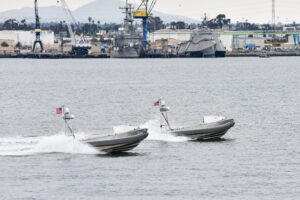 Navy/USMC
Navy/USMCBlackSea Technologies Contributes GARC USV And Support Ship To Operation Southern Spear
BlackSea Technologies on Wednesday revealed it is participating in the robotic-heavy Operation Southern Spear under U.S. Naval Forces Southern Command/4th Fleet in the Caribbean Sea. The company said it is […]
Tagged in:
